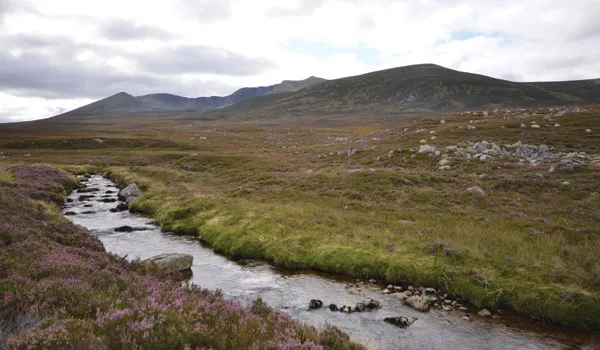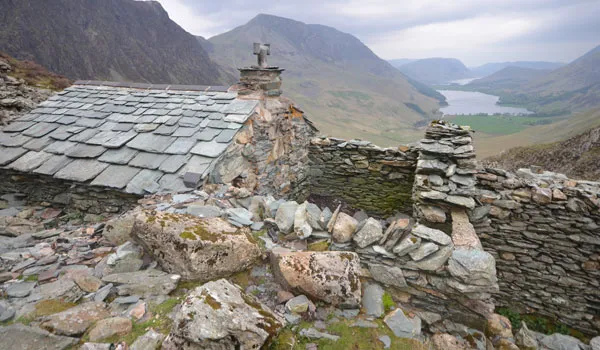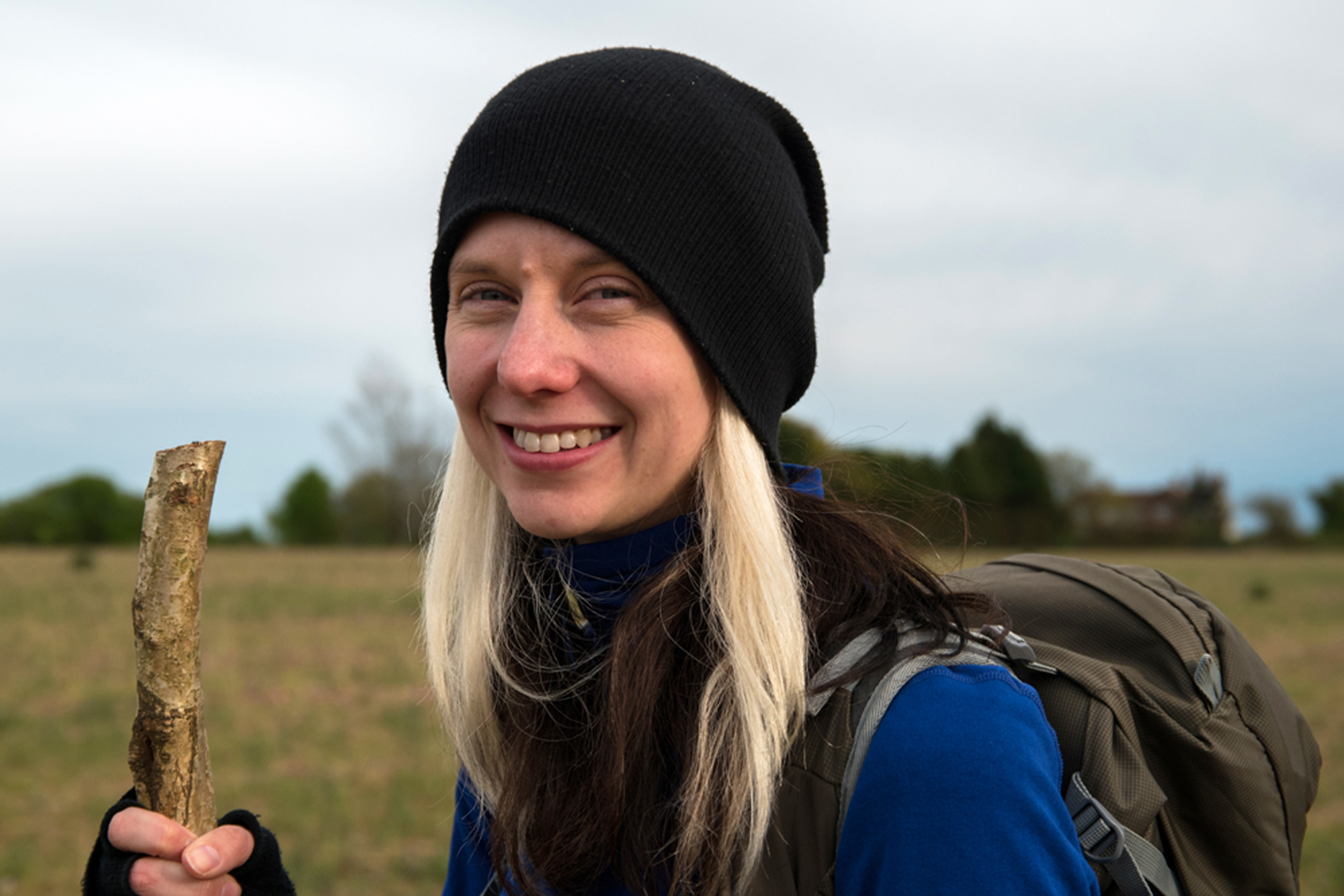Surrounded by mountains fading into darkness, I hesitated, the autumn chill stinging my cheeks. The first drop of rain landed on my nose: I knocked twice and pushed the door open.
It was empty. For now, I would have the place to myself. Stone walls; bare floorboards; woodburning stove; a couple of chairs and a table. As rain rattled on the window, I lit some comforting tea lights and settled down. My shelter on this wild night in the wilderness was a bothy – a mountain refuge left open for weary walkers.

Bothies have no wardens to check you in, no booking system, no electricity and no running water. Rudimentary they may be, but after a hard day’s walking in winter, a bothy is a welcome sight to a weary wayfarer. Bothies come into their own during winter: with a roof and a fire or stove to warm up with, they offer more protection than tents, allowing you to enjoy longer spells in winter landscapes.
In case the bothy is full, or you can’t find it in the darkness, snow or mist, you need to pack as if you’re camping, including a warm sleeping bag and mat, and a stove for treating water and making hot drinks. Also crucial are fuel for the fire, matches and toilet roll, plus a dedicated bag for carrying rubbish out with you.
Staying in a bothy feels like a proper adventure. Solitude, for example, is never guaranteed. I’ve shared whisky with German tourists, crashed a stag party, and bedded down top-to-tail with a group of climbers I’d met an hour before. Aside from meeting like-minded people and spending cosy nights in front of a fire, it’s the buildings themselves that I love.
British bothies are different from the mountain huts found elsewhere in the world, because they were never built specifically for walkers. They were originally homesteads on remote estates, built for gamekeepers, farmers, shepherds, quarrymen and so on.
In the first half of the 20th century, the large estates reorganised their workforce more centrally, transport improved, and many of these remote buildings were no longer needed. Hundreds were abandoned and left to ruin. Later, after the Second World War, walking boomed in popularity, and many hikers made use of the empty buildings to spend a night in the hills – with or without permission.
Bringing back the bothies
In 1965, a group of friends led by Bernard and Betty Heath restored a remote building in Dumfries and Galloway. That working party marks the founding of the Mountain Bothies Association (MBA), funded by donation and run by volunteers. Half a century later, the MBA still works closely with landowners – who own the buildings and lease them to the group – to “preserve and restore open shelters for the use and enjoyment of all those who love wild and lonely places”. This year, the organisation received The Queen’s Award for Voluntary Service, an award given to volunteer groups across the UK to recognise outstanding work in their communities.

The bothies in its care range in size, location and former use. There’s the tiny former water pumping house on Grwyne Fawr reservoir in the Brecon Beacons; the near-hidden Lake District hut of Warnscale Head, made from leftover slate mining spoil, with a wonderful view down to Buttermere; and one of the most remote bothies in Scotland, Ben Alder Cottage, which demands a tough walk to reach it and is steeped in tales of the former residents said to haunt it.
That’s just a tiny selection of the MBA’s 101 shelters, mainly across Scotland but with a scattering around northern England and a handful in Wales. There are also bothies looked after by other groups – it’s a thrill to stumble across one you didn’t know existed.
Out of danger
For some walkers, a bothy provides potentially life-saving respite from atrocious weather. The Pennine Mountain Rescue team uses a bothy called Greg’s Hut near Garrigill on the Pennine Way to warm up lost hikers and administer first aid.
Work to maintain the shelters is vital to their survival and thanks to donations of both money and time, the MBA continues to thrive. Chairman Simon Birch explains: “In the early years, not many people knew what a bothy even was, never mind where they were.” Now all the bothies are listed on the MBA website.
Despite the occasional problem, the MBA has found that the free-of-charge system has worked well; if you trust people to do the right thing, they normally will. With the popularity of outdoor pursuits increasing, the main issue the MBA faces now is one that has been brought about by heavier usage – for most bothies don’t have a toilet. Instead, a shovel for digging a hole is the norm, but some people don’t always use it. “We have installed composting toilets at some popular bothies and that has helped,” explains Simon.
Back in the bothy, I fire up my camping stove to make a hot chocolate while the rain fell outside. A fair bit has changed in the last 50 years in the outdoor world, from technological advances with smartphones and GPS, to innovations in weatherproof clothing, but thankfully when it comes to bothies they are as simple as they ever were - just the way I like it.
Inspired? Check out these five amazing bothies
Phoebe Smith is an intrepid traveller and writer. Her latest book is The Book of the Bothy (Cicerone, £12.95).

